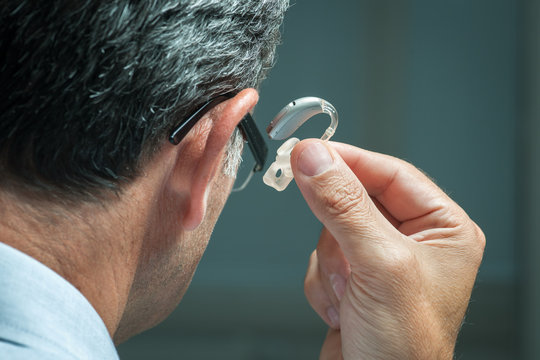Hearing aids have come a long way from being just a device that amplifies sound; they have evolved to become discrete yet powerful tools that truly enhance the quality of life for those with hearing impairments. With technological advancements, one of the most significant developments in the hearing aid domain is the introduction of rechargeable technology. In this post, we will explore how rechargeable hearing aids are changing the game for individuals with hearing loss.
The Dawn of Rechargeable hearing aids
For decades, people with hearing loss have relied on disposable batteries to power their hearing aids. Although effective, swapping out tiny batteries could be cumbersome, expensive, and, in recent years, environmentally concerning. With the advent of rechargeable hearing aids, however, users can experience the convenience of simply placing their devices into a charging unit at the end of the day.
Environmentally Conscious
The environmental impact of traditional hearing aid batteries is a growing concern as these small, but potent, power sources can be harmful if not disposed of correctly. Rechargeable hearing aids not only reduce the number of disposable batteries used but also promote a more sustainable lifestyle. By making the switch to rechargeables, hearing aid users can significantly cut down on the number of batteries that end up in landfills.
Cost-Effective Choice
In addition to being eco-friendly, rechargeable hearing aid users may also end up saving money in the long run. Although the initial upfront cost of a rechargeable hearing aid may be higher, the ongoing expense of replacement batteries is eliminated. With average hearing aid batteries needing replacement every 5-7 days, the savings can quickly add up over the lifetime of the hearing aid.
The Power Within: Understanding Rechargeable Technology
Rechargeable hearing aids are equipped with a built-in lithium-ion battery that holds a charge for a full day’s use, or sometimes more. The charging process is simple and quick, taking as little as 4 hours for a full charge. Most modern rechargeable hearing aids come with advanced charging units that not only power up the devices but also often serve as a dehumidifier, ensuring that the aids are in top condition every morning.
Managing Power Throughout the Day
A common concern with hearing aid batteries, especially rechargeable ones, is the fear of running out of power at a crucial moment. However, modern rechargeable hearing aids are designed with power management systems that alert users when their battery is running low. Some aids even have spare “reserve” power in case the main battery runs out.
Adaptable to User Lifestyles
Whether you’re a frequent traveler, an outdoor enthusiast, or a corporate professional, rechargeable hearing aids can adapt to various lifestyles. Travel chargers and battery packs are available for those on the go, ensuring that hearing aid users can maintain a full charge no matter where they are. This level of flexibility is both liberating and life-enhancing, as users can do what they love without the worry of hearing aid batteries dictating their schedule.
In Conclusion
The market for rechargeable hearing aids is growing as more manufacturers incorporate this sustainable and convenient technology into their product lines. For individuals with hearing loss, switching to rechargeable options can have a profound impact, not just in the realm of audiology but also in terms of environmental stewardship and cost-effectiveness. It’s clear that rechargeable hearing aids are more than just a trend—they’re an integral part of the hearing health sector’s future.
Rediscovering Sound Comfort with Rechargeable hearing aids

Categories:


